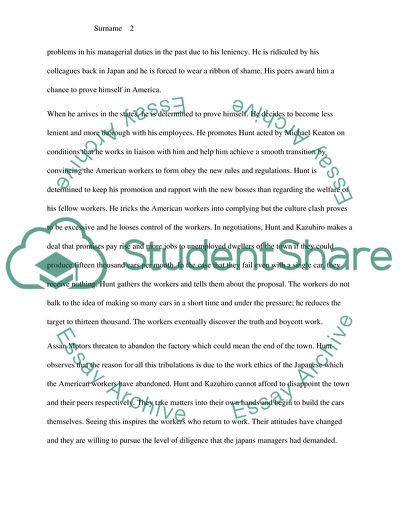Cite this document
(Chapter 14 Movie Review Example | Topics and Well Written Essays - 1250 words, n.d.)
Chapter 14 Movie Review Example | Topics and Well Written Essays - 1250 words. https://studentshare.org/visual-arts-film-studies/1849113-chapter-14
Chapter 14 Movie Review Example | Topics and Well Written Essays - 1250 words. https://studentshare.org/visual-arts-film-studies/1849113-chapter-14
(Chapter 14 Movie Review Example | Topics and Well Written Essays - 1250 Words)
Chapter 14 Movie Review Example | Topics and Well Written Essays - 1250 Words. https://studentshare.org/visual-arts-film-studies/1849113-chapter-14.
Chapter 14 Movie Review Example | Topics and Well Written Essays - 1250 Words. https://studentshare.org/visual-arts-film-studies/1849113-chapter-14.
“Chapter 14 Movie Review Example | Topics and Well Written Essays - 1250 Words”. https://studentshare.org/visual-arts-film-studies/1849113-chapter-14.


